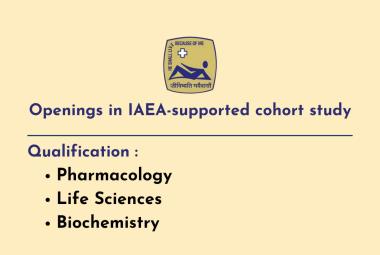 World Health Organization (WHO) has issued its first guidance for the treatment of hepatitis C which affects an estimated 130 million to 150 million people and results in 3,50,000 to 5,00,000 deaths a year.
World Health Organization (WHO) has issued its first guidance for the treatment of hepatitis C which affects an estimated 130 million to 150 million people and results in 3,50,000 to 5,00,000 deaths a year.
The "WHO Guidelines for the screening, care and treatment of persons with Hepatitis C infection" concurs the available effective and safer oral hepatitis medicines, along with the promise of even more new medicines in the next few years.
[adsense:336x280:8701650588]
“The WHO recommendations are based on a thorough review of the best and latest scientific evidence,” says Dr Stefan Wiktor, who leads WHO’s Global Hepatitis Programme. “The new guidance aims to help countries to improve treatment and care for hepatitis and thereby reduce deaths from liver cancer and cirrhosis.”
WHO will be working with different countries to introduce the guidelines as part of their national treatment programmes. WHO support will include assistance to make the new treatments available and consideration of all possible avenues to make them affordable for all. WHO will also assess the quality of hepatitis laboratory tests and generic forms of hepatitis medicines.
[adsense:468x15:2204050025]
“Hepatitis C treatment is currently unaffordable to most patients in need. The challenge now is to ensure that everyone who needs these drugs can access them,” says Dr Peter Beyer, Senior Advisor for the Essential Medicines and Health Products Department at WHO. “Experience has shown that a multi-pronged strategy is required to improve access to treatment, including creating demand for treatment. The development of WHO guidelines is a key step in this process.”
The new guidelines make nine key recommendations. These include approaches to increase the number of people screened for hepatitis C infection, advice as to how to mitigate liver damage for those who are infected and how to select and provide appropriate treatments for chronic hepatitis C infection.








